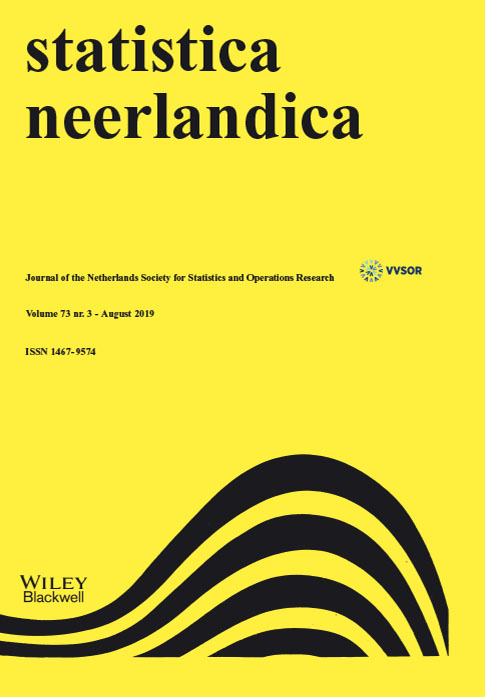Bivariate exponentiated-exponential geometric regression model
Abstract
A bivariate exponentiated-exponential geometric regression model that allows negative, zero, or positive correlation is defined and studied. The model can accommodate under- or over-dispersed count data. The regression model is based on the univariate exponentiated-exponential geometric distribution, and the marginal means of the bivariate model are functions of the explanatory variables. The parameters of the bivariate regression model are estimated by using the maximum likelihood method. Some test statistics including goodness of fit are discussed. A simulation study is conducted to compare the model with the bivariate generalized Poisson regression model. One numerical data set is used to illustrate the application of the regression model.




